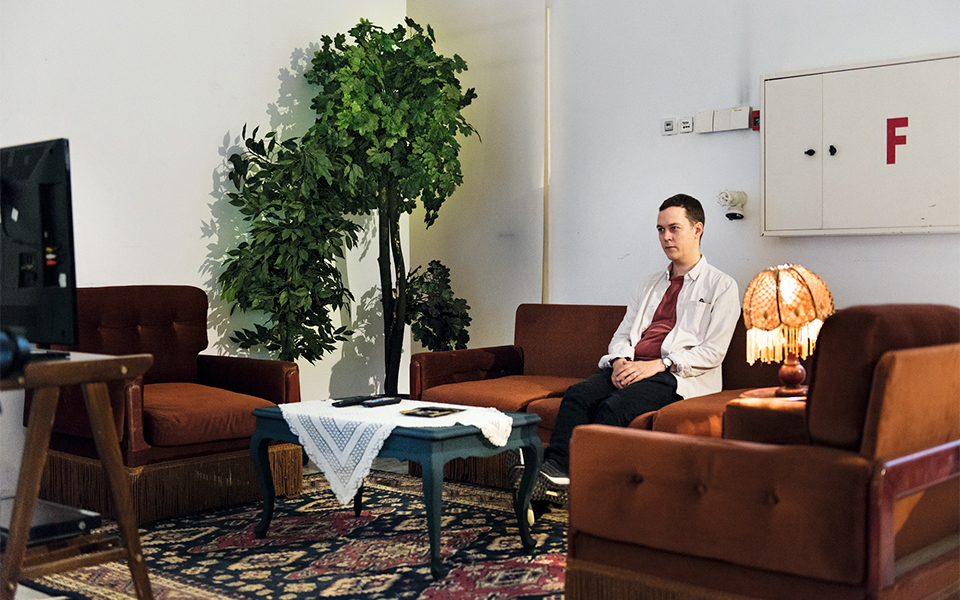IMAGINED HOMES
Wearing 3D glasses, I explore an imaginary, middle-class apartment of Greece in the 1970s and suddenly hear a … horse. “Where is it?” I ask a volunteer at the Contemporary Art Center of Thessaloniki. “Turn to your right,” she replies. I look from the virtual apartment into the virtual square and I see the horse galloping.
This particular video installation by local artist Babis Venetopoulos is just one of scores of works by more than 100 artists from all over the world that are on exhibit in Thessaloniki until mid-January. The Thessaloniki Biennale of Contemporary Art is once again placing the city on the map of international cultural destinations.
This edition, the 6th, is titled “Imagined Homes” and features sculpture, installations, painting, photography and video art addressing the notion of “homeland” today, not only in terms of the urgency of the refugee crisis but also with an emphasis on the concept of “home” in its multiple manifestations: as a memory, an expectation, a dream.
Centered around four main venues – the State Museum of Contemporary Art, the Thessaloniki Center of Contemporary Art, the Macedonian Museum of Contemporary Art and the Mount Athos Center – the visual arts scene is further served by a parallel program at all of the city’s museums, and accompanied by a Performance Festival as well.
The exhibition at the Macedonian Museum of Contemporary Art has an added emotional value, for here works of the Thessaloniki Biennale converse with a selection of works from the cancelled 5th Canakkale Biennial, from the museum’s own permanent collection and from the “Shared Sacred Sites” exhibition.
Perhaps the most intriguing exhibition, however, is at the State Museum of Contemporary Art, where works from the biennale share space with the piece “Siluetas de Alma” by Cuban-American performance artist Ana Mendieta (1948-1985), and, of course, with the – unrivaled outside of Russia – Costakis Collection of works by important artists of the Russian avant-garde, including Kazimir Malevich, Lyubov Popova, Gustav Klutsis and Ivan Kliun.
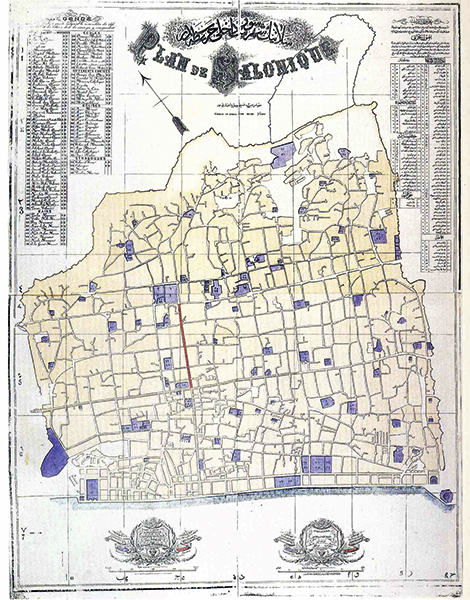
© Archive of Aleka Gerolymbou - Cultural Foundation of National Bank Of Greece
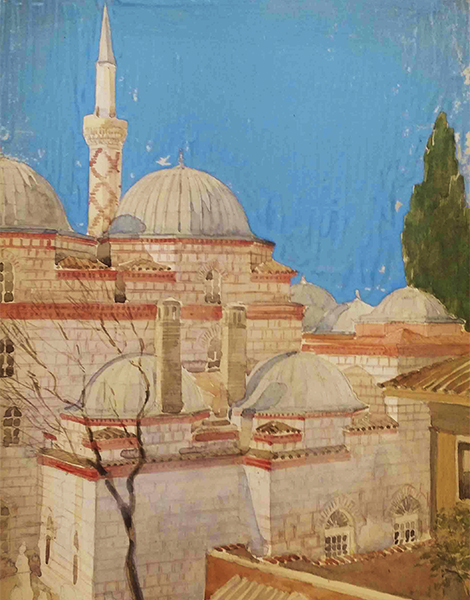
© Archive of Manos Haritatos, ΕLIA-ΜΙΕΤ
THE REBIRTH OF A CITY
From the demolition of its coastal wall in 1870 to the aftermath of the devastating fire in 1917 which resulted in the city’s rebirth, Thessaloniki underwent a momentous change – from the Ottoman period to modern Greece and from traditional wooden structures to imposing mansions of reinforced concrete.
The tangible evidence of this transition – rare photographs, original urban development plans and maps, postcards and aquarelles by British and French soldiers who served on the Macedonian Front during WWI – has been gathered from a large number of collections in Greece and abroad.
Info
“The End of Our Old City: Thessaloniki, 1870-1917”
National Bank of Greece Cultural Foundation
Villa Kapandji
108 Vasilissis Olgas
Dates: 15.11.2017 – 18.02.2018
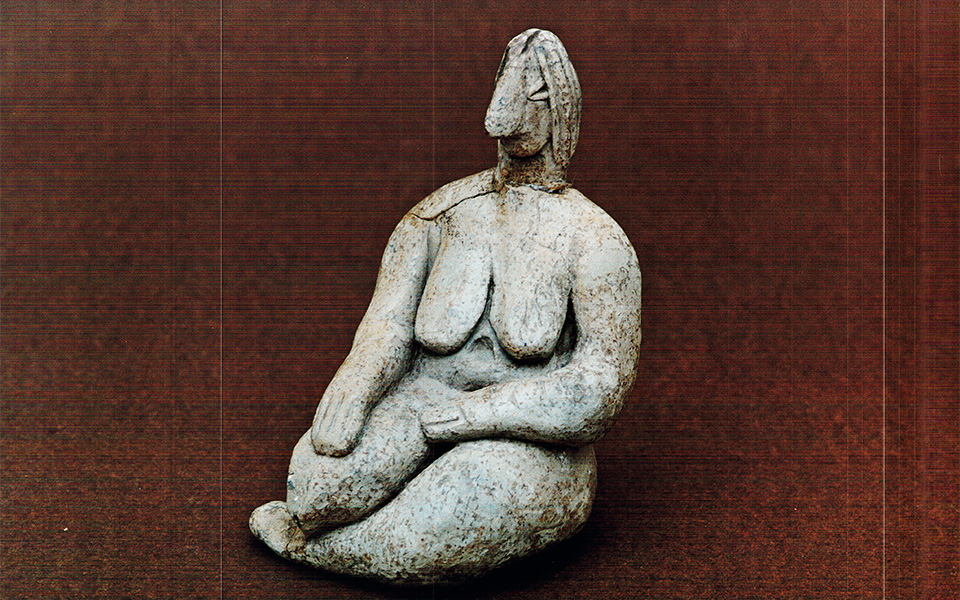
© 2017 Ephorate of Antiquities of Kozani
MINI MASTERPIECES
Of enormous importance in archaeological research, small figurines were ubiquitous in the ancient Greek world: amulets, toys, decorative and sacred objects, and zoomorphic and anthropomorphic figures have been found in sanctuaries, grave sites and settlements.
This exhibition of 672 figurines sheds light on their evolution, their significance and the “messages” they carry from the depths of time.
Info
“Figurines. A Microcosmos of Clay”
Archaeological Museum of Thessaloniki
6 Manoli Andronikou
Date: runs until 30.04.2018
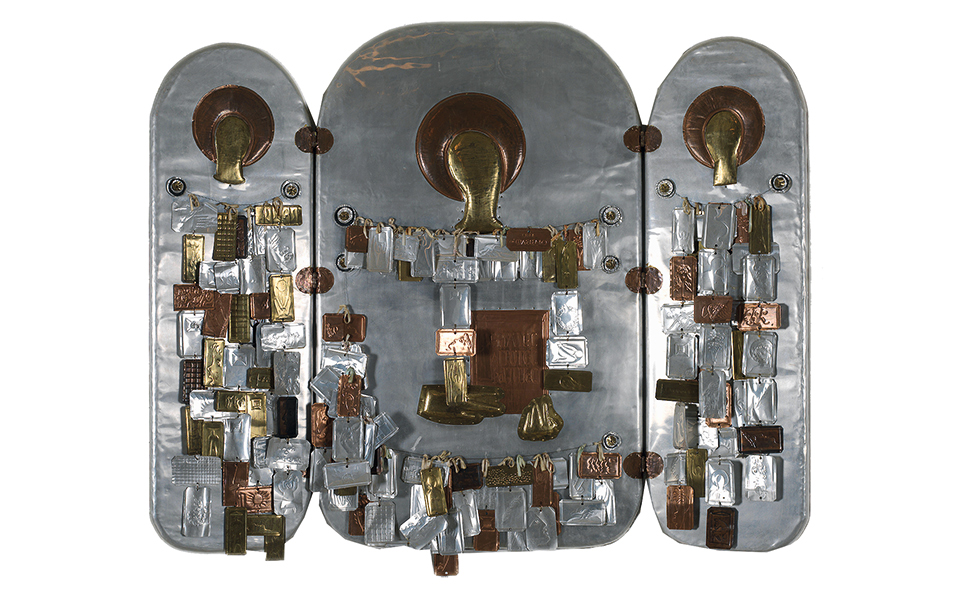
© Collection of Vorres Museum
MATTERS OF FAITH
The existence of shared sacred sites is not uncommon in the Mediterranean, which reveals the permeability of the frontiers between religious communities. Despite theological differences, Christians, Jews and Muslims share many common features in terms of beliefs, rites, holy figures and locations.
Thessaloniki is ideally placed to tell the story of “shared sacred sites,” both in view of the fact that the three major monotheistic religions have all flourished here, and because the city today finds itself once again at the crossroads of migration.
This exhibition, split between three venues, reveals both historical and contemporary aspects of “sharing the sacred” through archival materials, photographs, films and contemporary art.
Info
“Shared Sacred Sites in the Balkans and the Mediterranean”
Macedonian Museum of Contemporary Art, 154 Egnatia
Thessaloniki Museum of Photography, Warehouse A, Pier A, 3 Navarchou Votsi
Yeni Mosque, 30 Archeologikou Mousiou
Dates: runs until 31.12.2017

© MVN Consultants
GATES OF FAITH
In Orthodox churches, the iconostasis or templon marks the boundary between the holy sanctuary and the nave, symbolically serving as an “interface” between two realms, the human and the heavenly.
Masterpieces of wood carving and religious painting, meticulously crafted over months or even years, have been brought together from private collections, museums, churches and monasteries in an exhibition that traces the evolution of the templon from the 19th century to the present.
Info
“Templon: Sacred figures, invisible gates of faith, 20th and 21st centuries”
Museum of Byzantine Culture in Thessaloniki
2 Stratou
Dates: 27.10.2017 – 28.02.2018

CHRISTMAS classic
“The Nutcracker” ballet was first performed at the Mariinsky Theater in Saint Petersburg in December 1892. Based on the dark fairytale “The Nutcracker and the Mouse King” by German author E.T.A. Hoffmann, the premiere was not well received. The score by Tchaikovsky was praised, but the choreographers and dancers were roundly criticized.
Today, it is among the most popular works of the classical repertoire. In this production at Thessaloniki Concert Hall by the Guangzhou Ballet, one of the foremost classical ballet companies in China, the Christmas fairytale will be retold on stage in strikingly vivid colors.
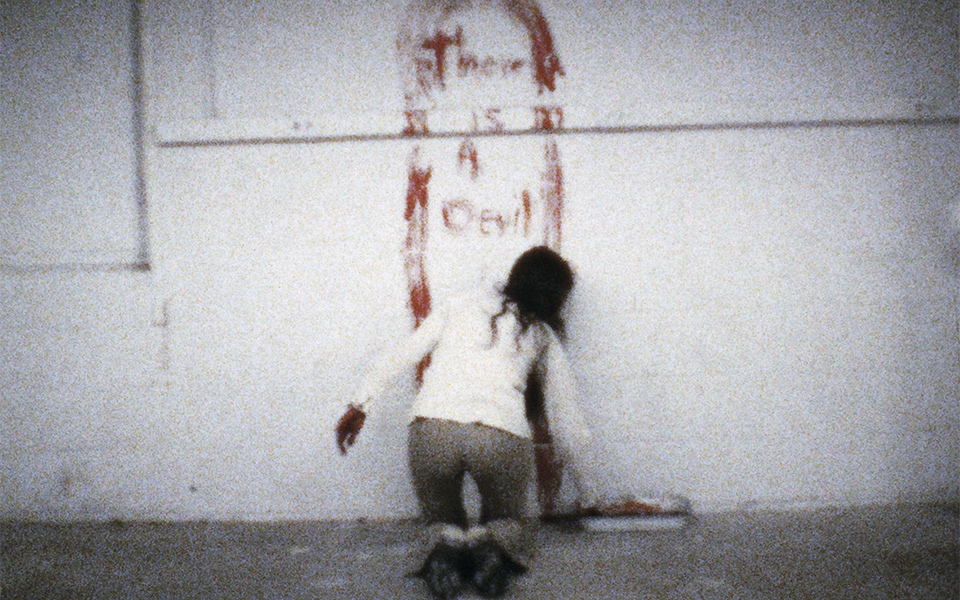
© Courtesy the Estate of Ana Mendieta Collection, LLC and Galerie Lelong & Co., New York
PERFORMANCE FESTIVAL
A small pool of blood has formed on the pavement. Right next to it, hidden inside a car, the young video artist Ana Mendieta is filming the reactions of passersby to the sight of the blood. This is the 1973 “Moffitt Building Piece,” one of the first films by this Cuban-American artist, made as a form of protest against the rape and murder of fellow student Sarah Ann Ottens.
Mendieta’s multifaceted work – performance, video art, sculpture, photography, painting – explores issues relating to identity, space, violence and female sexuality and claims a prominent place in the feminist history of art. This tribute to her work, within the framework of the Thessaloniki Performance Festival, features photographs and videos from an artistic career cut short by Mendieta’s own death, in controversial circumstances, in 1985.
Info
“Ana Mendieta: Siluetas de Alma”
State Museum of Contemporary Art
21 Kolokotroni, Moni Lazariston, Stavroupoli
Date: runs until 14.01.2018

